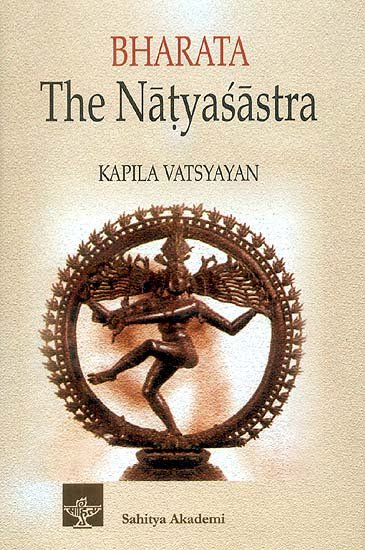Indian Classical Dance is an art form involves significant body movement with rhythm. It is presented as a social interaction or a spiritual performance. Dance constitutes social, cultural, aesthetic and artistic meaning. In Indian mythology Devraj Indra (King of the Gods) called a counsel and requested “Brahma” to create an art which would be eye soothing and good to listen as well as the most beautiful things in the world, the art for the highest castes and at the same time available even to the lowest castes which were forbidden to study Vedas.
Lord Brahma heeded the request and went to a deep meditation. He realized to take the main essence from four Vedas of Hindu.
Music – Samaveda
Words – Rigveda
Law of gestures – Yajurveda
Elements of sentimentality (rasa) – Atharvaveda

Lord Brahma created a new art form using the blend of the above four essences and it was known as “Natyaveda” or fifth Veda. Brahma implemented this new art form along with the sage “Bharat.” Maharshi Bharat put this art into practical format and it is known as “NATYASASHTRA.”
In spite of the fact that the art of Natya was created by Brahma as a source of entertainment and enlightenment it is important to remember that it is also a sacrament. That’s why Brahma gave instructions to all dancers that before performance they are sure to do Puja (or Puravangaram Vriti – rituals of worshipping the Deity before performance; there are 19 of them, 9 are performed behind the scenes, the other 10 are performed on stage after curtain rise.
Performing Puja according to all rules and with proper respect will let even mortal dancers get grace and place in heaven from Gods.
Thus the art of dance is the incarnation of the highest form of deity. That’s why classical dance in India has been considered to be worthy of Gods’ view for so many centuries.
In India, dancing is considered to be an age-old tradition. A land of diverse cultures, traditions and languages, the country has given birth to a large number of classical dances, shaped by the influences of a specific period and environment. These dance forms have been preserved through the centuries and become an important part of our present culture. Each and every classical dance of India is regarded as the speciality of a particular region or tribe and follows its own pattern, be it terms of music, steps, costumes or make-up.
Indian classical dance forms can be traced back to 400 BC, to the times of Natya Sastra of Bharata Muni. In fact, Bharata’s Natya Sastra, considered to be the Bible of Indian aestheticians, is the most important source for establishing the characteristics of the dances.
Genre of Indian Classical Dance
These dances have, no doubt, brought about a sensation in the western countries as well. Today, each of the popular Indian classical dances has an identity of its own and crossing all the boundaries, is recognized globally.
Have a look on Indian Classical Dance category.
